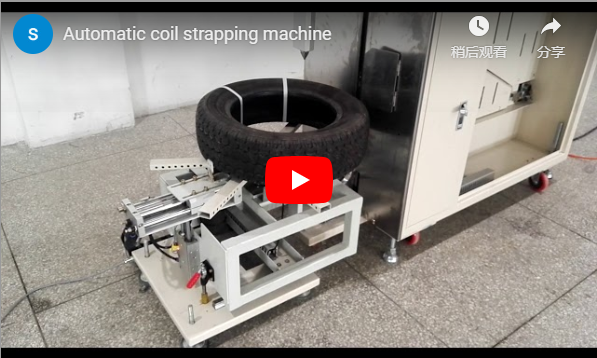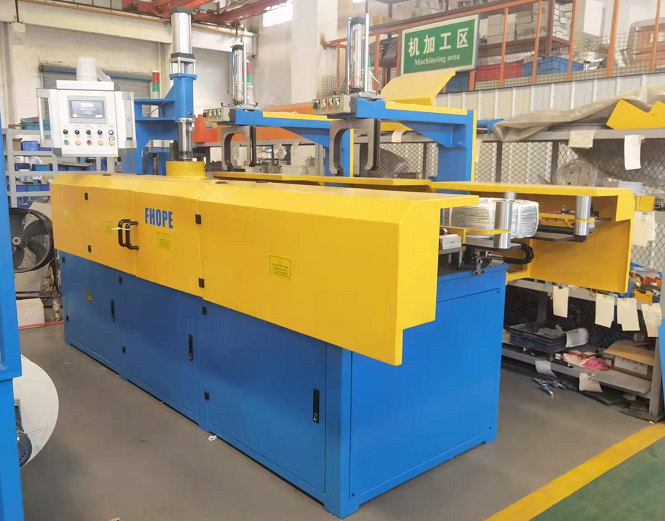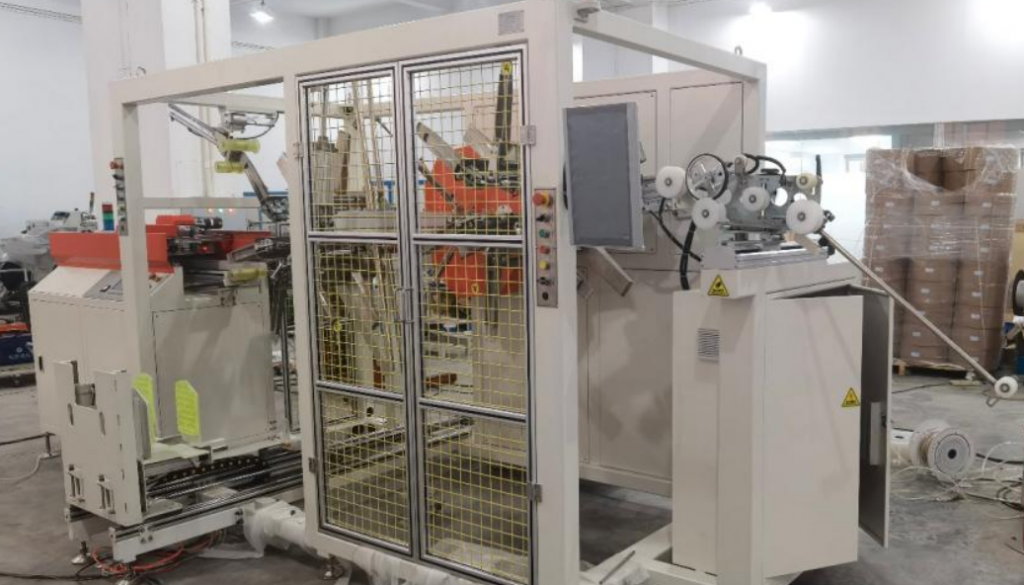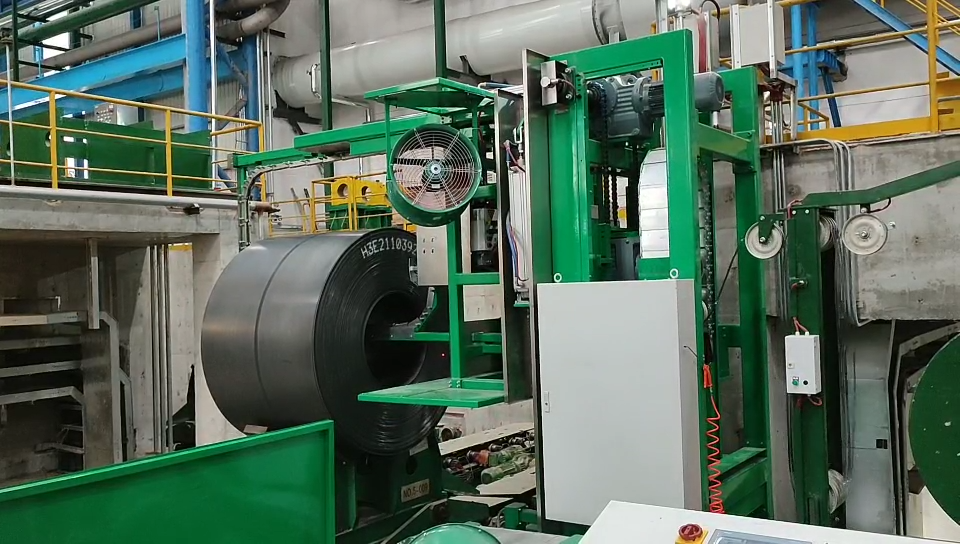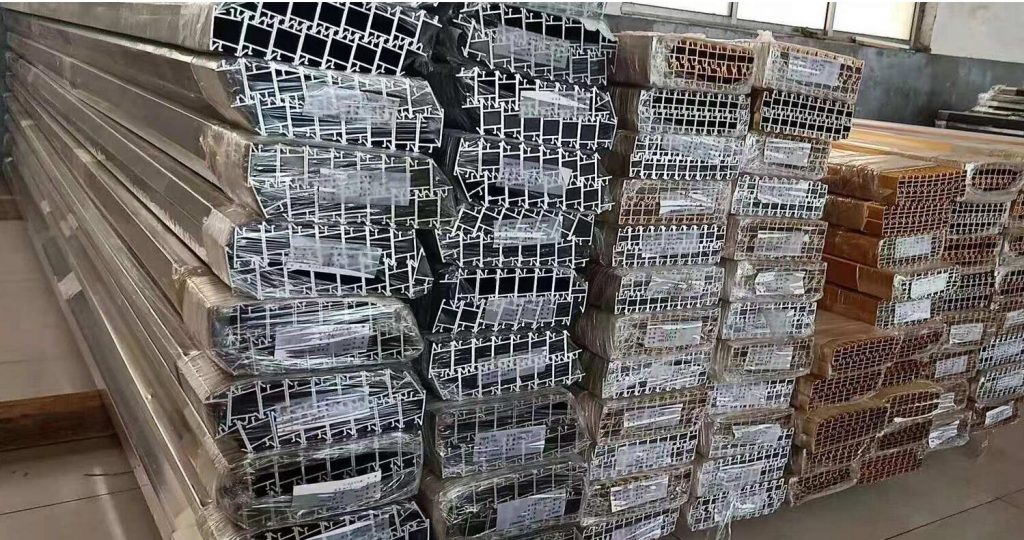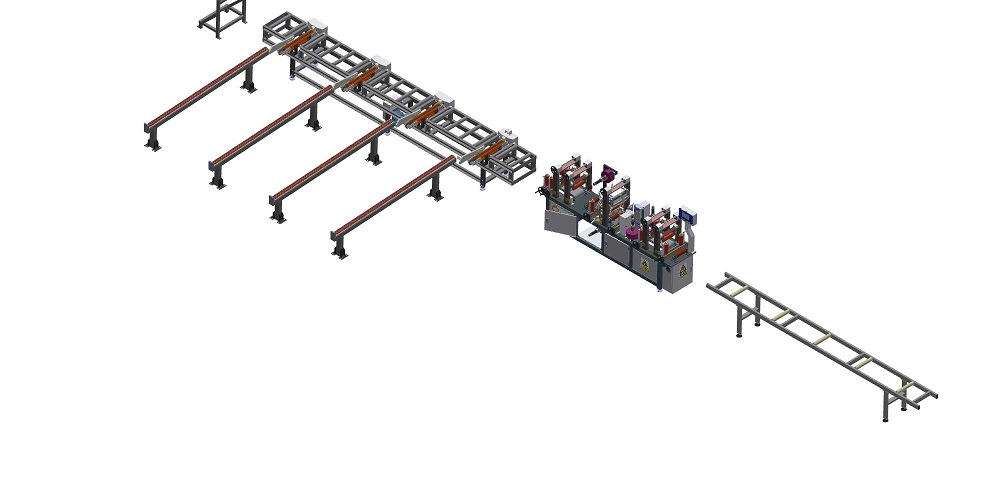An automatic stacking machine for board and profile is specifically engineered for the efficient handling and stacking of various boards and profiles such as wood, plastic, or metal. This sophisticated equipment is typically designed with a conveyor system to feed the materials, a stacking mechanism to accurately place the boards or profiles, and a control system to adjust the stacking pattern and count according to the user's requirements. High-grade sensors and advanced programming ensure precise alignment and gentle handling to minimize damage during stacking. Additionally, the machine can be integrated with upstream and downstream processes for a fully automated production line, maximizing throughput and operational efficiency.
The parameters below do not 100% match the equipment in the video. For exact specifications, please contact us.
- Type: Automated Stacking System
- Board/Profile Material Compatibility: Wood, Metal, Plastic
- Stacking Capacity: Up to 100 boards/profiles per minute
- Max Board/Profile Dimensions: Length: 3000mm; Width: 1200mm; Thickness: 100mm
- Power Requirements: 415V, 50Hz, three phase
- Machine Dimensions: Length: 5000mm; Width: 2500mm; Height: 3000mm
- Machine Weight: Approximately 2000kg
- Control System: CNC with user-friendly programming interface
- Adjustability: Programmable for different sizes and configurations
- Safety Features: Emergency stop, protective guarding
- Energy Efficiency: Equipped with energy-saving motors
- Maintenance Alerts: Automated system diagnostics and alerts
- Operator Requirements: Minimal human intervention needed
Applications of the Automatic Staking Machine for Board and Profile:
- Furniture Manufacturing: Enhancing Productivity and Safety
In the furniture manufacturing industry, the automatic stacking machine for board and profile offers significant benefits by automating the sorting and stacking of flat components like panels and frames. This machine can handle various sizes and materials, stacking them with precision and speed, significantly reducing labor costs and minimizing the risk of workplace injuries associated with manual handling. Its efficiency facilitates a streamlined production process, allowing businesses to increase output while maintaining high standards of quality and safety. - Construction Industry: Organizing Structural Components
For the construction industry, timely and organized availability of materials like metal or plastic profiles is crucial. The automatic stacking machine efficiently sorts and stacks these materials, making them readily accessible for quick deployment on construction sites. This automation not only speeds up the building process but also reduces material handling errors and damage, ensuring that the structural components are in perfect condition when needed, thereby improving overall project timelines and reducing waste. - Packaging and Distribution: Streamlining Operations
Packaging and distribution centers benefit immensely from the automatic stacking machine as it carefully and swiftly handles the stacking of various board materials used in packaging solutions. By automating these processes, the system ensures uniformity and precision in packaging operations, which is vital for the stability of packaged goods during transport. This results in reduced labor costs, lower risk of damage to goods, and improved efficiency in the handling and shipping stages, enhancing customer satisfaction with better-managed shipments.

